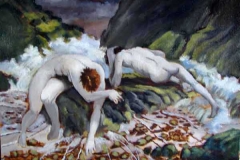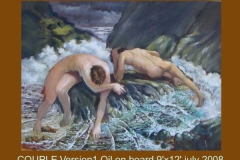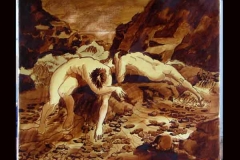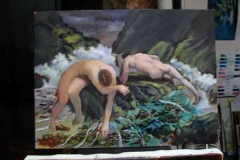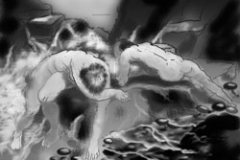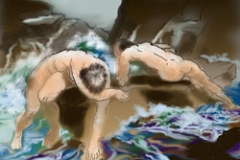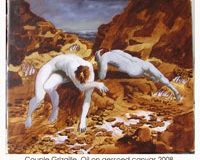Tom Roberts painting “Bailed Up” is a history painting in the same tradition as Velasquez “Surrender at Breda” or Gericault’s “Raft of the Medusa”.
He worked on the thing over 30 years. Part dramatic reenactment, part reportage, part documentary, but in the long run a homage to a time in history that had passed before he even began the work, Roberts clearly intended this painting to be his legacy.
What is less clear is what Roberts own criteria for success were. He was well read, widely travelled in Europe, so would have been aware that History painting was considered the most difficult and important genre. If we apply those criteria applied to other history painting, we will begin to see both the artist and his work in a new light.
Definitely more than an “impressionist” plein air piece, it is a studio picture in most ways Preliminary sketches, portraits of characters, accurate details of accessories such as guns, costumes and coach all point to the long gestation of the painting. Even the landscape painted largely on the spot was reworked later. It would take the eye of a horseman to recognize the breeds portayed, the harness details and coach fittings. Roberts was, and aware of the critical rural eye that would notice such things
If histories can be rewritten, and new perspectives revealed by focus on different incidents and artefacts, then surely the “history painting” itself can be repainted.? Most history painting was in the “great men doing great deeds” view of history. Courbet and Manet challenged that. There are other histories to be had.”Bailed Up” may be an “icon”, but is it the last word?
It seems to me that the “assemblage” approach, the gathering of site specific soil samples and referencing almost random photos, plants and geological maps, fabric samples etc is not the only way of deep referencing. A pictorial approach to the narrative (and these days ya gotta have a “story” underpinning the “project”) may still be possible without the result being “only” or “just….. History painting.”
